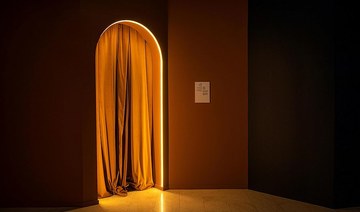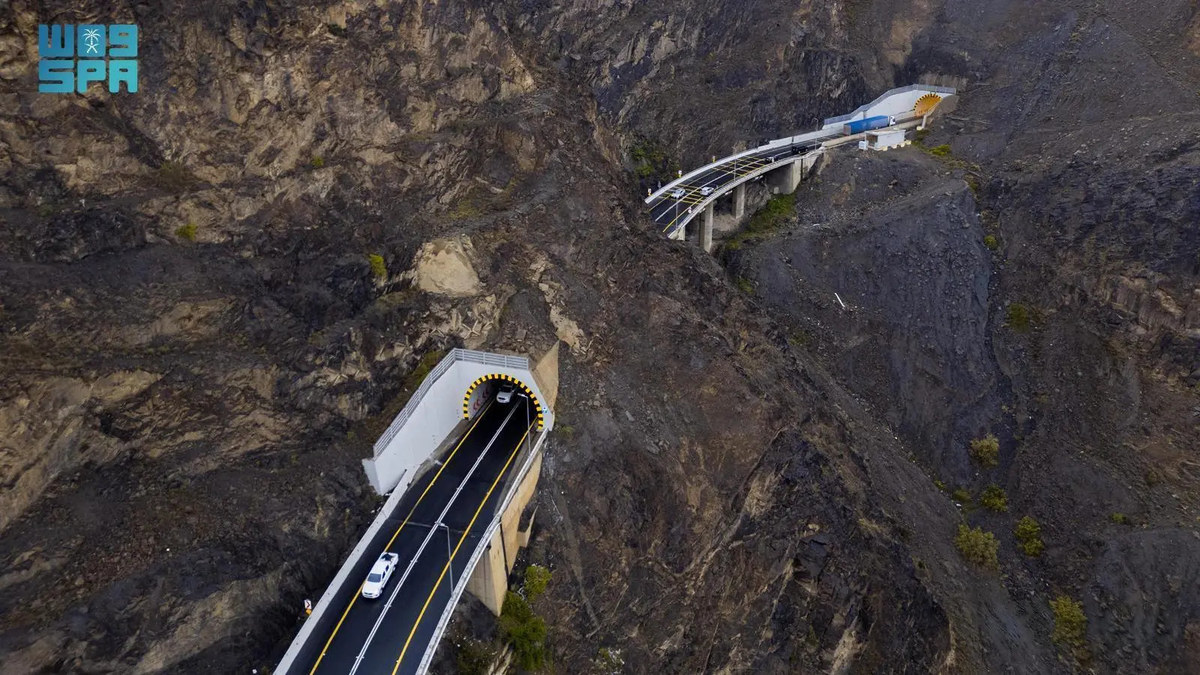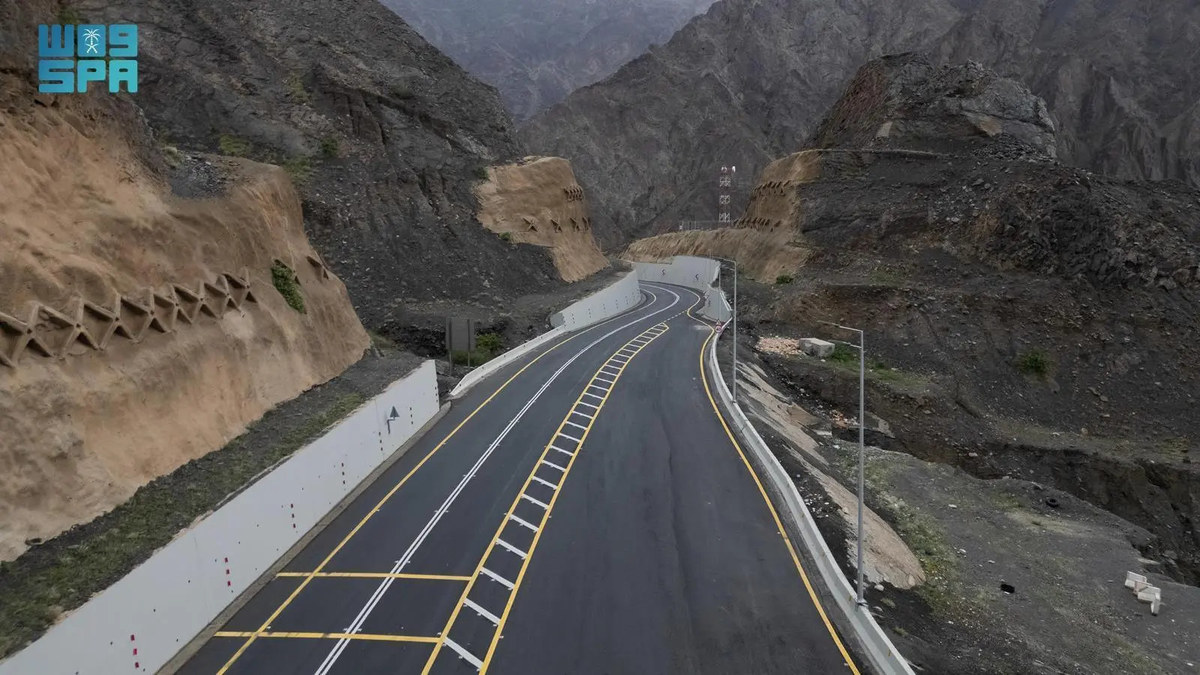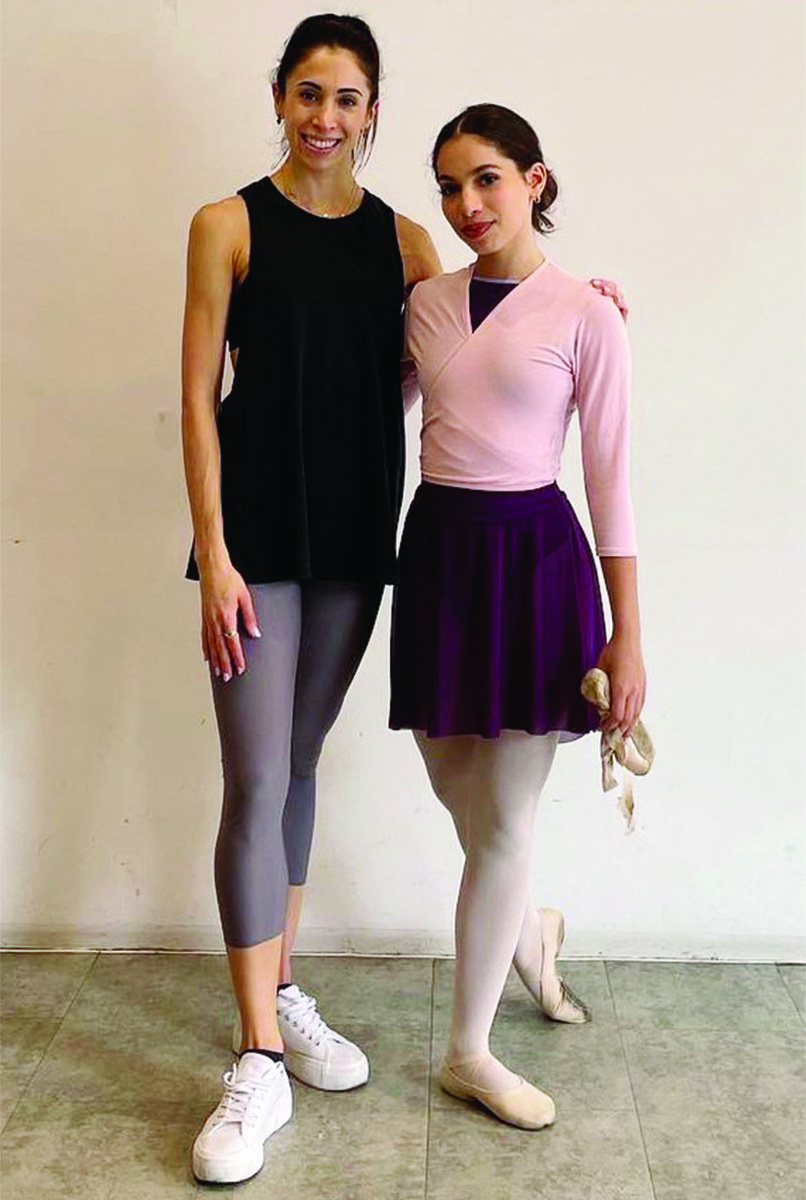JEDDAH: The Art Residency Program Al-Balad concluded its 2022 edition with an art exhibition organized by the Ministry of Culture in Jeddah’s Tamer House, Al-Sharafiyah district, on Jan. 25.
The show, which runs until Feb. 4 features the works of more than 30 artists who took part in the four residency cycles held in Al-Balad from March to October 2022.
Launched in the same period as the Islamic Arts Biennale, the exhibition aims to promote Jeddah as a top destination in the art world and encourage cultural conversations on tradition, innovation, harmony and conflict, as well as urban and natural environments.
A distinguished group of Saudi, Arab and international artists presented their works and interacted with the public to discuss their visions for the transitional state of Jeddah.
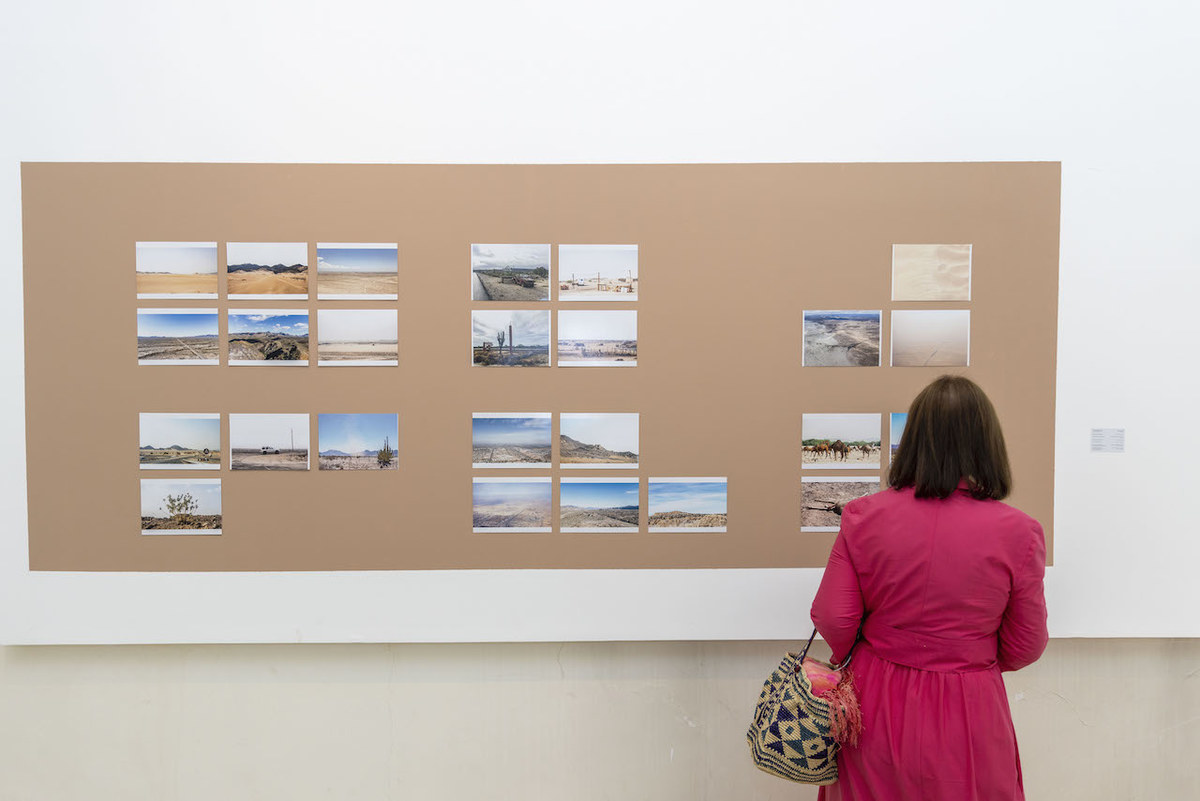
The show features the works of more than 30 participants who took part in the four residency cycles held in Al Balad from March to October 2022. (Supplied)
Mohamed Ali Ghomriani, managing director of Hafez Projects, said: “The Art Residency Al-Balad was a unique experience for all of us. Hafez Projects as the operator of the program was very fortunate to be able to witness this wonderfully creative and inspiring journey. It facilitated residents, artists, curators and writers to share and exchange what goes on within the walls of the Jeddah historical district with the wider public and vice-versa.
“Now we can only celebrate the success of this important process and engage by showcasing the art projects produced thanks to the art residencies through a final exhibition,” he added.
Speaking to Arab News, Andrea Alkalay from Argentina, a visual artist in photography, said: “It is lovely to revisit my friends’ works by seeing them in an exhibition and also to discover the work of other residents. This exhibition definitely consists of a highly rich and diverse range of works, all inspired by the same location but in very different ways.”
Alkaly is exhibiting her project, “The Rock Cycle,” with three pieces from her work representing the cycles of change, the idea of demolishing to transform. The remains of Al-Balad houses served as her inspiration, and she used materials, collages, gold leaves and other techniques in her work.
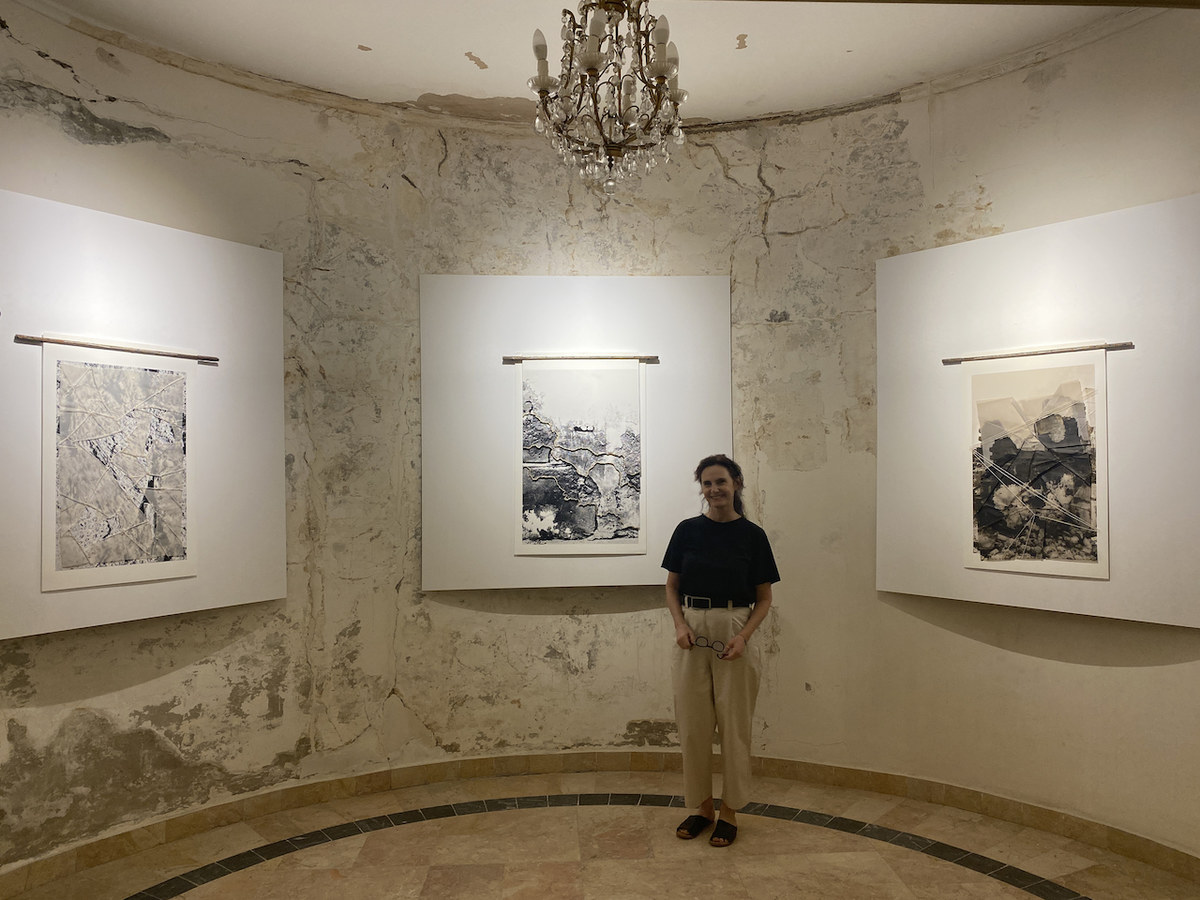
Andrea Alkalay from Argentina, is exhibiting her project, “The Rock Cycle,” with three pieces from her work representing the cycles of change, the idea of demolishing to transform. (Supplied)
She said: “The Art Residency Program Al-Balad and the Ministry of Culture allowed me to discover the Kingdom in an absolutely inspiring atmosphere. The ability to freely develop my creativity and materialize it at no cost enabled me to expand my imagination without boundaries. I was able to start a new project, which I am excited to investigate and develop further. Being offered this incredible opportunity with a studio place for six weeks in such a unique location has been a dream.
“This kind of community building is fundamental to my own enhancement within the arts. There are many artists I was introduced to who have shifted ideas on how I think about art-making, and what I make,” she added.
Some of the pieces created during the residency were shown in Argentina and also during Miami Basel week. For Alkaly, the residency was an integral and rich learning experience.
Nahla Khogeer, a wooden sculpture visual artist from Jeddah, said: “I discovered Al-Balad from a different perspective as if I had never been there. I learned new things from the community and the residents. I’m thankful to the Ministry of Culture and Hafez Projects for this opportunity to showcase my talent.”
Taking part in the exhibition with her artwork “Roads to Memory,” Khogeer documents the four historical neighborhoods of Al-Balad using wooden screens (Al-Mangour) that feature architecture from the district. The original mangour pieces embody the pathways of these areas.
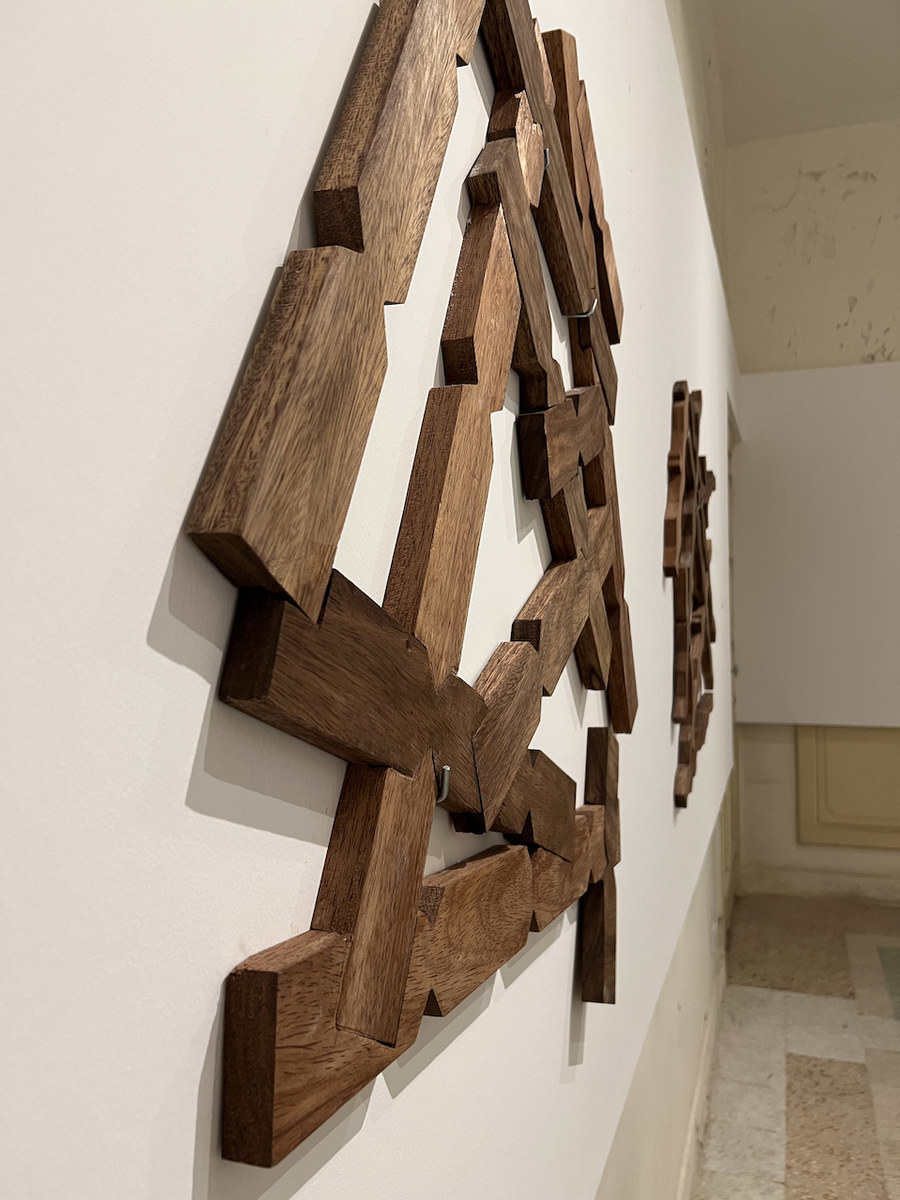
"Roads to Memory" by Nahla khogeer documents the four historical neighborhoods of Al-Balad using wooden screens. (Supplied)
Donia Al-Shetairy, a multidisciplinary visual artist from Yemen, said: “During the residency, I was given important educational opportunities. Most importantly, space and support were provided to focus on my art practice and to develop a new project.”
Her work, “Speech of the Stone,” reimagines the city of Al-Balad through sound to focus on the importance of reviving and preserving the auditory memories of the city. “This exhibition offered me a chance to present my work in a bigger space and attract a larger audience, unlike the open studio. The previous period (between the end of my residency and the final show) was a continuation of my research on recordings and oral heritage, which enriched the discussion with the audience,” Al-Shetairy added.
The exhibition will feature a poetry reading session by author Bakr Al-Jaber, a clay sculpting workshop with artist Maan Alabbadi and an outdoor projection by artist Ahmed Al-Sindi.
As part of the Ministry of Culture’s Advancing Cultural Entrepreneurship initiative and Saudi Vision 2030’s Quality of Life Program, and operated by Hafez Projects, the second edition of the Art Residency Program Al-Balad 2022 edition offered opportunities to several emerging artists, curators, writers (critics and art historians), and those in the middle of their careers in the field of visual arts, from the Kingdom and around the world.
The free exhibition is open to visitors until Feb. 4.





